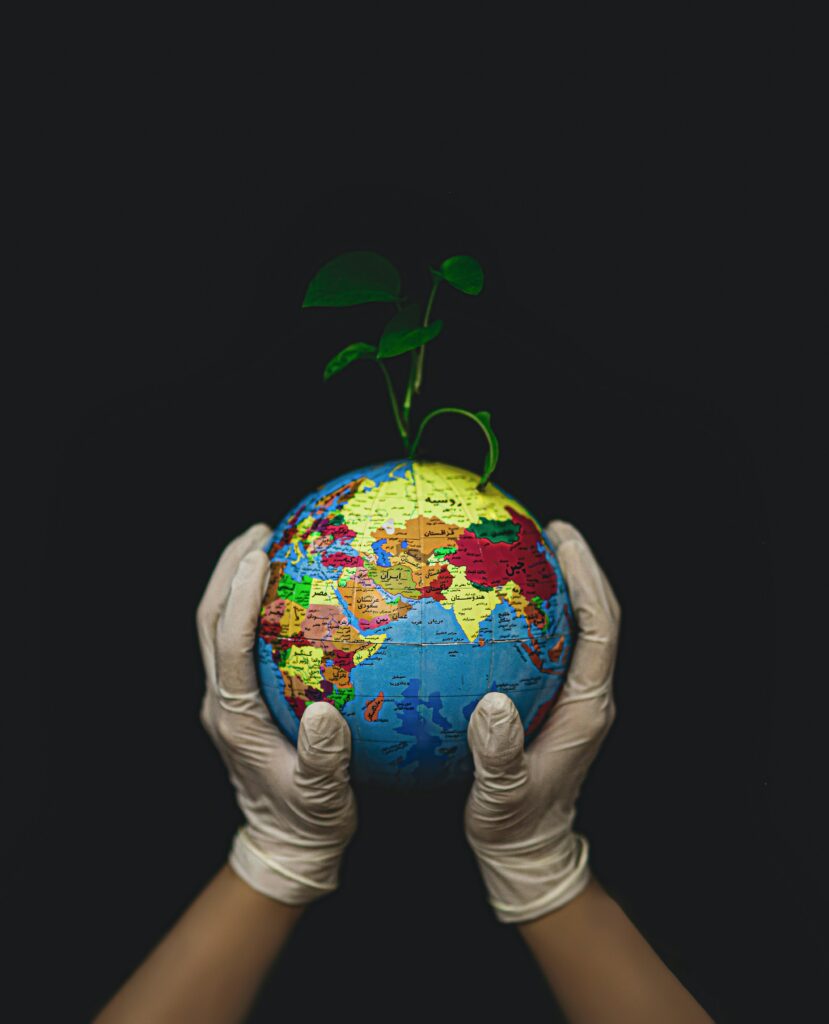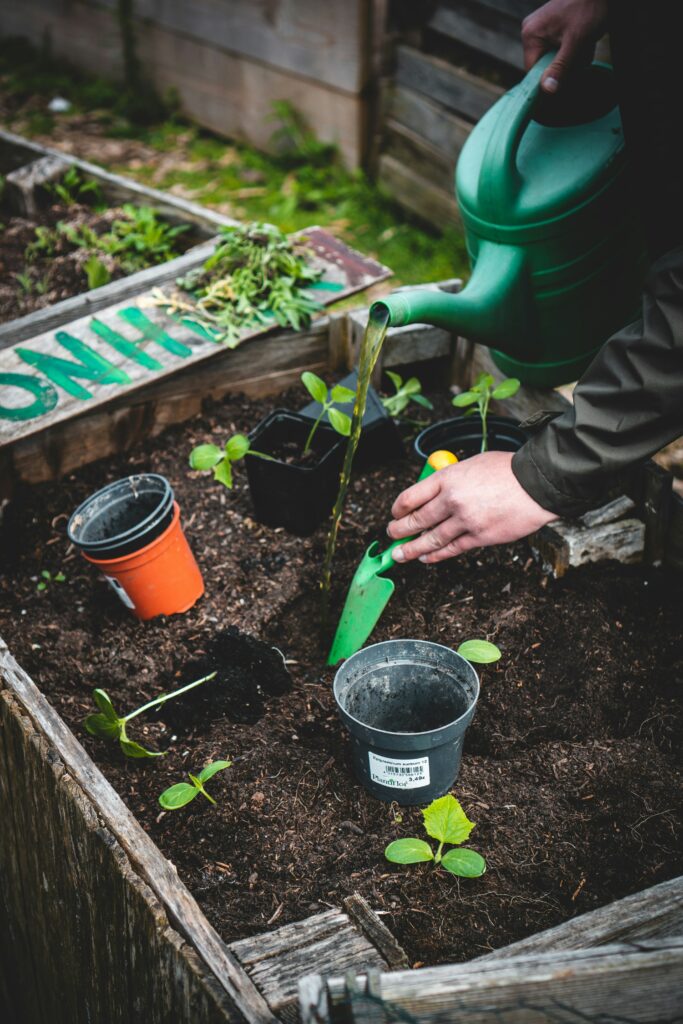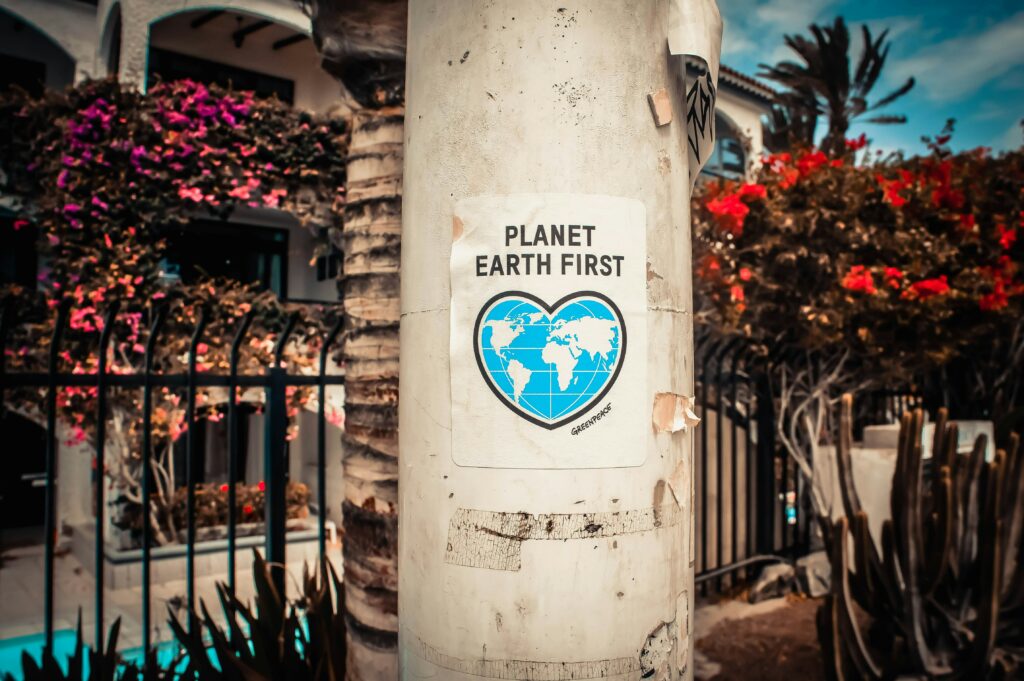Cultivating Connection: Earth Day and Therapeutic Horticulture
go.ncsu.edu/readext?1058748
en Español / em Português
El inglés es el idioma de control de esta página. En la medida en que haya algún conflicto entre la traducción al inglés y la traducción, el inglés prevalece.
Al hacer clic en el enlace de traducción se activa un servicio de traducción gratuito para convertir la página al español. Al igual que con cualquier traducción por Internet, la conversión no es sensible al contexto y puede que no traduzca el texto en su significado original. NC State Extension no garantiza la exactitud del texto traducido. Por favor, tenga en cuenta que algunas aplicaciones y/o servicios pueden no funcionar como se espera cuando se traducen.
Português
Inglês é o idioma de controle desta página. Na medida que haja algum conflito entre o texto original em Inglês e a tradução, o Inglês prevalece.
Ao clicar no link de tradução, um serviço gratuito de tradução será ativado para converter a página para o Português. Como em qualquer tradução pela internet, a conversão não é sensivel ao contexto e pode não ocorrer a tradução para o significado orginal. O serviço de Extensão da Carolina do Norte (NC State Extension) não garante a exatidão do texto traduzido. Por favor, observe que algumas funções ou serviços podem não funcionar como esperado após a tradução.
English
English is the controlling language of this page. To the extent there is any conflict between the English text and the translation, English controls.
Clicking on the translation link activates a free translation service to convert the page to Spanish. As with any Internet translation, the conversion is not context-sensitive and may not translate the text to its original meaning. NC State Extension does not guarantee the accuracy of the translated text. Please note that some applications and/or services may not function as expected when translated.
Collapse ▲Earth Day, the April 22 global celebration of environmental awareness, presents a timely opportunity for professionals in therapeutic horticulture to reflect on the intrinsic connection between planetary health and human well-being. While the day often focuses on large-scale conservation efforts, its core principles resonate deeply with the nuanced goals we strive for in our therapeutic practices.
For therapeutic horticulturists, the garden is more than just a space; it’s a living, breathing ecosystem that fosters healing and growth. This Earth Day, let’s explore how our professional work aligns with the broader environmental movement, highlighting the symbiotic relationship between human and ecological health.
Shared Values: Sustainability, Connection, and Restoration
At the heart of both Earth Day and therapeutic horticulture lies a commitment to sustainability. Just as we encourage participants to nurture plants and cultivate growth, we also advocate for responsible stewardship of our natural resources. This shared value translates into practices like:
- Promoting Biodiversity: In our therapeutic gardens, we often prioritize diverse plant selections, mirroring the importance of biodiversity in healthy ecosystems. This approach not only enhances sensory stimulation but also contributes to ecological resilience.
- Utilizing Sustainable Practices: From composting to rainwater harvesting, we integrate eco-friendly practices into our programs, demonstrating the tangible benefits of sustainable living.
- Fostering Connection to Nature: Earth Day emphasizes the importance of reconnecting with the natural world. In therapeutic horticulture, we facilitate this connection through hands-on activities, promoting mindfulness and a sense of belonging in the environment.
Therapeutic Horticulture as an Act of Environmental Stewardship
Beyond individual well-being, therapeutic horticulture contributes to broader environmental goals. By engaging individuals with nature, we foster a sense of responsibility and stewardship. This can lead to:
- Increased Environmental Awareness: Participants develop a deeper understanding and connection to ecological processes and the interconnectedness of life.
- Behavioral Changes: The positive experiences gained in therapeutic gardens can inspire individuals to adopt more sustainable habits in their daily lives.
- Community Engagement: Community gardens, often integral to therapeutic horticulture programs, serve as hubs for environmental education and collective action.
Bridging the Gap: Integrating Earth Day Principles into Therapeutic Practice
This Earth Day, consider how you can further integrate environmental principles into your therapeutic horticulture programs. This might involve:
- Organizing Earth Day-themed activities: Focus on planting native species, creating pollinator gardens, or engaging in citizen science projects.
- Educating participants on sustainable gardening practices: Share information on composting, water conservation, and integrated pest management.
- Collaborating with local environmental organizations: Partner with groups focused on conservation or sustainability to expand the impact of your programs.
By recognizing the shared goals of Earth Day and therapeutic horticulture, we can strengthen our professional practice and contribute to a healthier planet. In cultivating connection with nature, we cultivate healing, resilience, and a deeper understanding of our place within the living world. Let us use this Earth Day to reaffirm our commitment to both human and ecological well-being.






